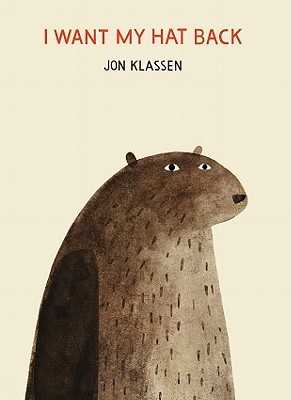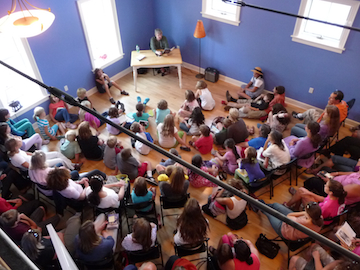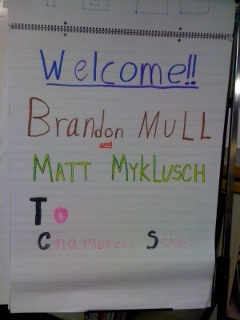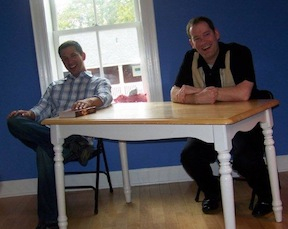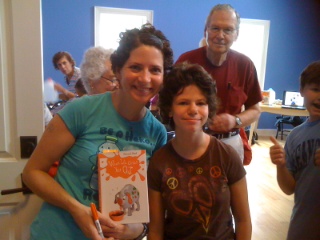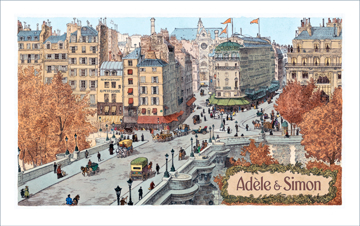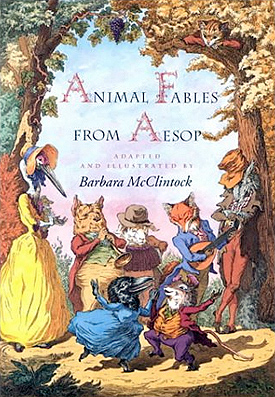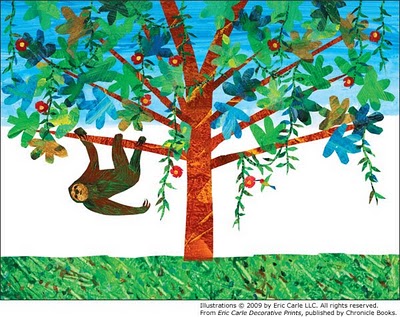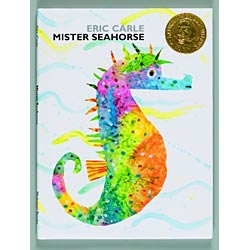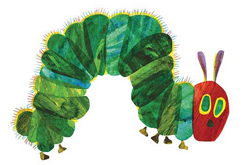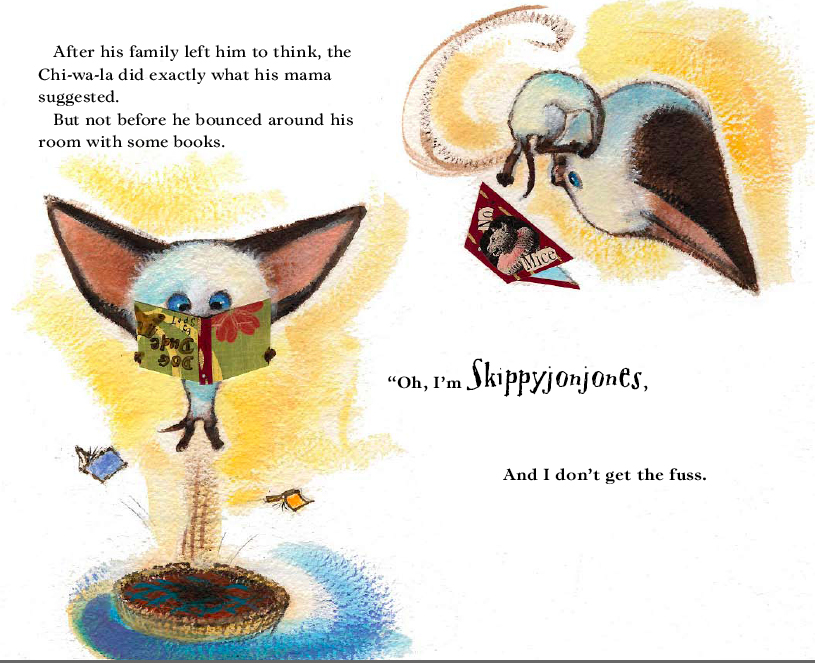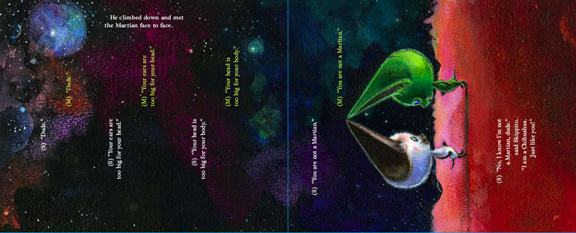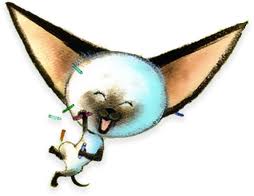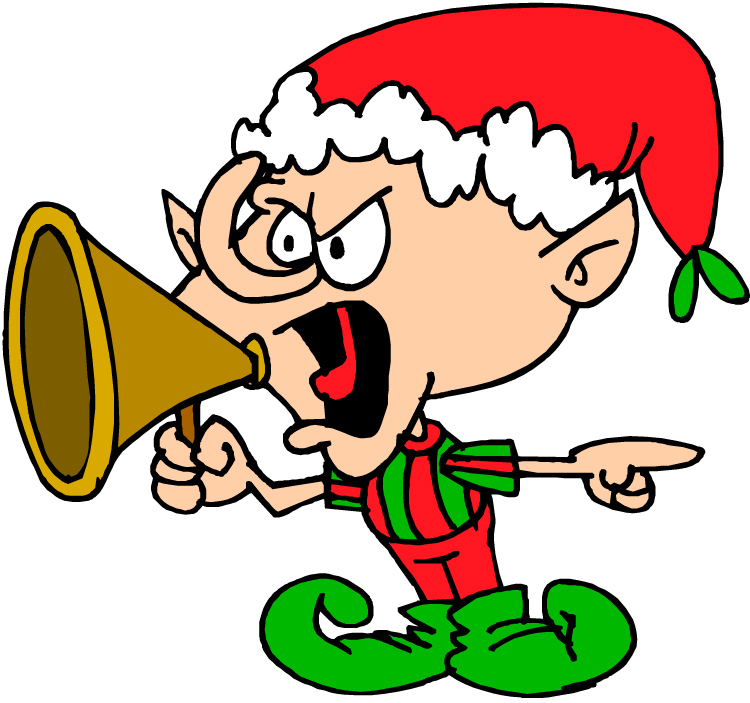With Wednesday’s announcement of Amazon’s reply to the iPad, the new Kindle Fire e-reader, my Facebook feed filled up with people’s excitement about the new device. Many of these folks were authors whose books we adore and support and sell in our store, and I realized that even they—people immersed in the industry, whose livelihoods depend on book sales—aren’t aware that almost all other e-readers, including Barnes & Noble’s Nook, DO allow freedom of vendor choice. Many folks just don’t know that they can get an e-reader that isn’t locked to a single supplier. Booksellers, we’ve got to do a better job of getting the word out.
I posted the following update to my personal Facebook page and the Flying Pig’s:
“Before you succumb to the Kindle Fire or other Kindles, please consider that Amazon cuts all other vendors out of the picture, including the indie booksellers who are trying to support your books. Other e-readers allow books to be purchased from a variety of sources, and with agency pricing across so many publishers, the cost is often the same.”
I was glad I did, because there were some questions right away:
- Wait, indie bookstores sell ebooks? (Answer: Yes. Many, if not most, of us do.)
- How do we buy them? (Some websites offer ebook options along with other formats; others have affiliate programs with Google eBooks, and if you link to Google eBooks through the indie store’s website, they’ll get that percentage of the sale.)
- Can I buy books from an indie and read them on my Nook? (Answer: Yes. You can buy ebooks from other sources than B&N and read them on your Nook. You can also read them on many, many other e-reader devices. I believe only Amazon boxes out all other formats but its own.)
We indies need to do a better job getting the word out about the fact that we DO sell ebooks, and let our friends, family, and customers know how to buy them from us. It is a matter of survival for all bricks-and-mortar stores. Recently, I made a flyer and posted it at the store:

Even if I weren’t an independent bookseller, it would alarm me to be beholden to a single vendor for my book purchases. It just places too much power in the hands of a single corporate entity, one that could conceivably “recall” books from my device, or decide not to carry certain authors or titles. The world of technology is zipping along, and gadget frenzy is a seductive thing. Once in a while, all of us need to take a breath and think, “What am I really buying here?”

